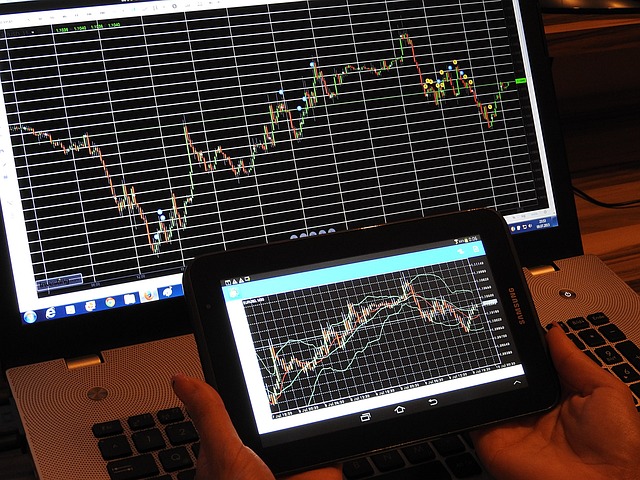Commodity trading is an excellent way of diversifying both your investment portfolio and income sources. As with any other type of trading, it comes with some risks.
These risks are collectively called commodity risk. Commodity risk is the risk a business or investor faces due to the fluctuation of the price and other properties of commodities. Anyone who trades commodities has to learn how to manage these risks promptly to reduce their exposure and minimize losses. Here are some ways you can do this.
Understand The Risks You Might Face
Commodities trading is exposed to numerous risks you cannot control. These could be physical, economic, or political risks. Other risks include price, quantity, and cost risks. Knowing these risks will help you better understand what to do if they occur and how to manage them. Doing so will also allow you to achieve your investment goals as you will minimize your exposure to risks, thus ensuring higher profits.
Diversify
Diversification remains one of the best ways to manage risks regardless of what you are trading. Investors can diversify by rotating the commodities that are in their portfolios. For example, you could switch from silver to gold if the price of the latter favors your objectives.
The other way is to vary the ratio of the different commodities in your portfolio. In the example above, you could reduce the percentage of silver in your portfolio and increase the amount of gold you hold. Doing so is also called rebalancing your portfolio.
When diversifying your portfolio, you should use a reliable trading platform. For example, you can trade with easyMarkets which gives you access to numerous commodities, including precious metals, crude oil, agricultural commodities, and natural gas.
Avoid Exposing Yourself To Risk
Even though diversification is a great strategy, it is important to remember not to overexpose yourself. Traders do this by trading in highly volatile commodities or markets without clearly understanding how either works.
Trade Within Your Comfort Zone
Some traders and investors are overzealous and overconfident when trading commodities. It is good to know your comfort zone and stay within it. This does not mean that you do not take risks or explore new commodities to trade, you just have to be careful not to overtrade.
Doing this will help you ensure a daily profit and minimize losses and increases in the cost of trading commodities.
Understand Yourself
Every investor has a different risk tolerance. Some can take big risks, while others are conservative in their approach. Knowing your risk tolerance capabilities will help you manage your risk better. You can also make the best investment and trading decisions that align with how much risk you are willing to take.
Knowing your risk tolerance goes hand in hand with knowing how to research the commodities market and what is happening around it. For example, you need to be updated with what is happening in oil-producing countries if you decide to invest in crude. This sentiment is also true for other types of commodities.
Lastly, you need to know your strengths and weaknesses. Some people have a mind for analytics, which is a strength in commodity trading, while others are impatient, which is a significant weakness. You also need to know the size of your trading account and how much you are willing to trade.
If you are new to the market, you can talk to a commodities expert to help you realize the strengths that will make you successful and the weaknesses that could be a significant disadvantage.
Understand The Market
The market consists of the different commodities you can trade or invest in. It is important to realize that not every market is a good fit for every investor. Trading in highly volatile markets requires a lot of discipline and risk management.
Every investor or trader needs this fundamental understanding of the market before making their first trade. Research the market to find out which markets and commodities you best align with and go with this.
Be Flexible
Finding a balance between being flexible and being patient in the market is crucial. Flexibility is part of your diversification plan, and it calls for knowing when to exit a trade if you think it will be bad for you. It also includes knowing when to sell whatever you have invested in if signs point that something will impact your position soon.
Use Forward Contracts
These contracts stipulate you will buy a commodity in the future for a price that you both agree to today. These contracts help protect you in case the cost of a commodity increases.
Conclusion
Commodity trading comes with inherent risks that every investor and trader should understand. Once you do, you should put measures in place to minimize the impact these risks have on your positions and trades should they manifest.
Also Read
A Just Recovery Renewable Energy Plan for Africa
Constructing Fire-Resistant Buildings in Hot Climates

